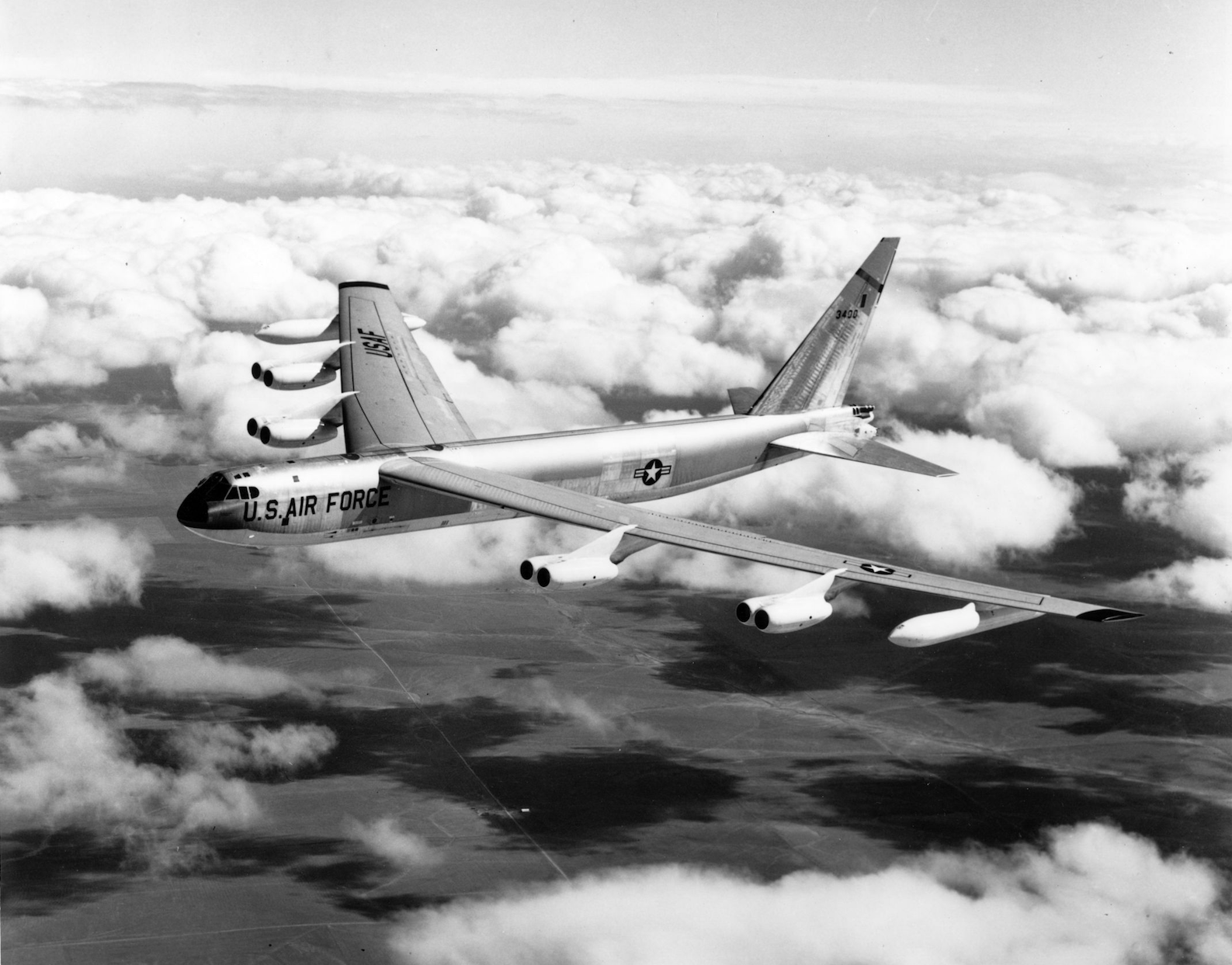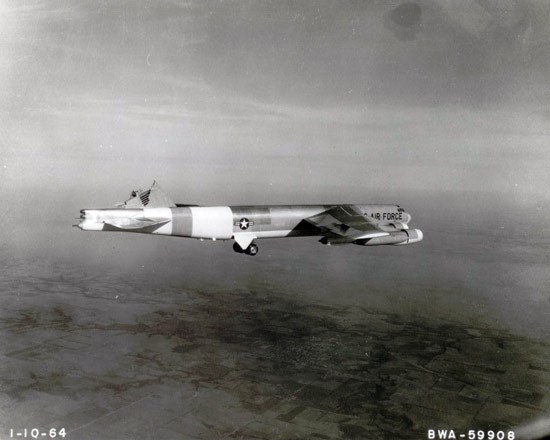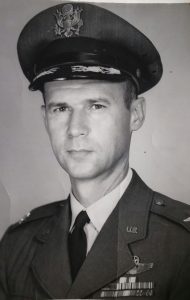
24 January 1963: A Boeing B-52C-40-BO Stratofortress, 53-0406, call sign “Frosh 10,” of the 99th Bombardment Wing, Heavy, was conducting a low-altitude training flight using terrain-following radar. Eight crewmen were aboard. Flying at or below 500 feet (152 meters) above ground level (AGL) and at 280 knots (322 miles per hour, 519 kilometers per hour) the bomber encountered wind gusts of up to 40 knots (21 meters per second).
As the turbulence became severe, the aircraft commander, Lieutenant Colonel Dante E. Bulli, began a climb to avoid it. At approximately 2:52 p.m., EST, however, the vertical fin attachment failed and the B-52 began rolling to the right and pitching down. Colonel Bulli, unable to control the airplane, ordered the crew to abandon the bomber.
B-52C 53-0406 crashed into the west side of Elephant Mountain, a 3,774 foot (1,150 meters) forest-covered mountain, 6 miles (10 kilometers) from Greenville, Maine. Only three men, Colonel Bulli, co-pilot Major Robert J. Morrison and navigator Captain Gerald J. Adler, were able to get out of the B-52, but Major Morrison died when he hit a tree. Lieutenant Colonel Joe R. Simpson, Jr., Major William W. Gabriel, Major Robert J. Hill, Jr., Captain Herbert L. Hansen, Captain Charles G. Leuchter and Technical Sergeant Michael F. O’Keefe were also killed.
Large sections of Frosh 10 are still on Elephant Mountain. The crash site is a popular hiking destination.
The Boeing B-52 Stratofortress had been designed as a very high altitude penetration bomber, but changes in Soviet defensive systems led to a change to very low altitude flight as a means of evading radar. This was subjecting the airframes to unexpected stresses. Several crashes resulted from structural failures during turbulence.
Less than one year later, Boeing was conducting flight tests of the B-52 in turbulence, using a highly-instrumented B-52H. That airplane also lost its vertical fin when it encountered severe turbulence in Colorado. The Boeing test pilots aboard were able to save the bomber and landed it six hours later.


Dante E. Bulli was born at Cherry, Illinois, 17 July 1922, the second child of Italian immigrants Giovanni Bulli, a salesman, and Anna Gareto Bulli. He attended Hall High School before working on the aircraft assembly lines of the Lockheed Aircraft Company in California.
Bulli enlisted as an aviation cadet in the U.S. Army Air Corps in 1942. He was commissioned as a second lieutenant, Army of the United States, 5 December 1943, and promoted to first lieutenant, 5 December 1946.
In 1947 Lieutenant Bulli married Miss Evelyn Lewis, also from Cherry, Illinois.
“Dan” Bulli was a combat veteran of World War II, the Korean War and the Vietnam War. He flew B-24 Liberators, the B-29 Superfortress and B-52 Stratofortress. He retired from the Air Force in 1974.
Colonel Dante E. Bulli died at Omaha, Nebraska, 30 December 2016, at the age of 94 years.
© 2018, Bryan R. Swopes